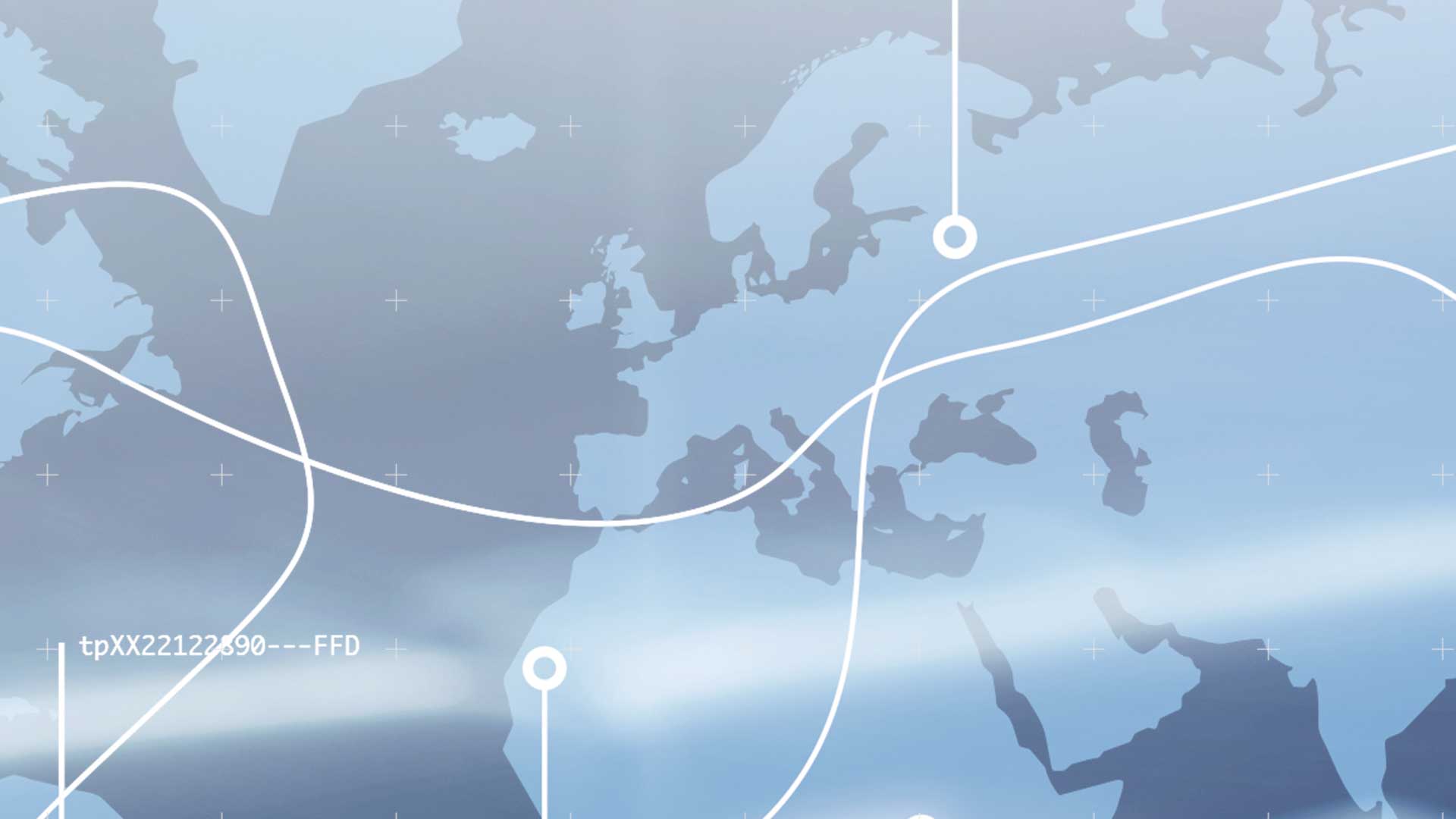There’s a great quote from the book Atomic Habits by James Clear that I love:
“[People] don’t rise to the level of their goals; they fall to the level of their systems.”
This rule also applies to organizations. Most companies have goals and strategies. Some companies thrive, and some don’t.
Why is that?
A lot of it comes down to those companies’ systems.
Unsuccessful firms view strategy as outside day-to-day activities—separate from what they normally do. Winners, on the other hand, internalize strategy. For these firms, success is a habit made possible by the capabilities that are ingrained into the culture of their organizations.
As a strategist focused on the geospatial industry, I spend a lot of time helping organizations devise and then implement geospatial strategies. I have observed that the most successful organizations get the culture part of it right. They create an environment where thinking about where becomes second nature.
How do they do this? I have encapsulated this approach into these six keys to building and sustaining a geospatial culture:
- Improve geospatial literacy
- Institutionalize geospatial knowledge
- Plan with geography
- Communicate with geography
- Celebrate GeosSuccesses
- Create GeoLeaders
1. Improve Geospatial Literacy
A baseline level of knowledge in the tools and science of geography is the first step in building a geospatially-informed culture. Without it, your people will struggle. The jargon will sound foreign and the concepts will confuse them. People will regard geography as a specialist discipline that is for experts and not for them.
First, evaluate your organization’s geospatial literacy by creating a role-based assessment. This measures people’s proficiency with geospatial concepts and tools across key business functions. The idea is to assess a person’s ability to apply some basic geography concepts to their role in the organization. The Concepts of Geographic Thinking, is a great guide for crafting those questions. I also wrote a blog post, “How to find geospatial opportunities hiding in your business,” that describes a simple tool for translating business language to geospatial language.
Once you’ve done that, create a basic geography curriculum. We’re not creating experts here, so no need to go overboard. Focus on improving geospatial literacy in terms of applying geospatial analysis to various job functions.

2. Institutionalize Geospatial Knowledge
Institutionalizing geospatial knowledge has a lot in common with the previous step, but it goes further. For knowledge to be ingrained in the organization’s collective consciousness, it needs to be organized. That means compiling people’s experience and know-how into reusable practices and resources that everyone can leverage.
One of the best ways to institutionalize geospatial knowledge is to establish a geospatial competency center, or center of excellence (COE). A COE is a shared business function responsible for developing practices, providing leadership and training, and advancing innovation with focus on a specific area. It’s like having an in-house academy for all things geospatial.
The form a COE takes is unique to the organization. For some organizations, the COE might focus on standards setting. This could include developing rules around proper cartographic representation or external data distribution. For other organizations, the COE might focus on knowledge curation, such as compiling geospatial use cases from across different departments and synthesizing them into consumable content.
Still other organizations might focus on researching advances in geospatial technology and serve as an innovation center.
You might be tempted to think that a COE is the exclusive domain of federal government agencies or large academic institutions. Not necessarily. I see COEs in the geospatial and analytics space in organizations that range from local governments to commercial entities.
Even if you don’t establish an official COE, it’s the process of institutionalizing geospatial knowledge that matters. At a minimum, form a virtual team of cross-department leaders who meet regularly to perform the ongoing work of organizing geospatial know-how.
3. Plan with Geography
How often do your management planning sessions genuinely consider where.
Be honest.
Maybe there’s a casual nod to geography in the form of an operations map, but do discussions ever delve into the influence of location on your business interests?
To plan geospatially is to consider the impact of location on key business decisions. One way is to include a set of questions in planning meetings that prompt a geospatial perspective, like these:
- How do our customers, assets, and key business interests vary from location to location?
- Are our products or services tailored to account for regional variation?
- Are we considering the localized needs of employees?
There’s an infinite range of questions you could ask. The point is to ask some of them. These questions are meant to trigger conversations and geographic thinking. The unanswered questions tend to lead to further investigation, additional education, and increased investment. Planning meetings can drive demand for geospatial knowledge. When demand is linked to plans and strategies, action is more likely.
4. Communicate with Geography
Augment company communications with geospatial intelligence. This builds on my last recommendation. Don’t stop at planning—incorporate maps and geospatial insights into company communications.
Every communication is an opportunity to ingrain geographic thinking into the collective consciousness of the organization. Every quarterly update, every annual report, every departmental email is an opportunity. If you’re a retailer, it could be as simple as including a map of sales hot spots in monthly sales reports. If you’re in health and safety, provide an ongoing map of the change in monthly safety incidents by region. The more information you present this way, the more geographic thinking is internalized in standard communication.
There’s no limit to how far you can go when enriching communications with geospatial intelligence. Every time you do this, you make it easier for the people in your organization to see the unique value of geographic thinking.
5. Celebrate Your GeoSuccesses
Anything worthwhile is worth celebrating. Celebrations honor valued accomplishments and show gratitude to those responsible. They signal to those involved and onlookers that what’s being celebrated is important to the community. It’s a reminder of the values of the culture, so celebrate geography.
Share a success story on your corporate intranet when you launch a new tool. If you’re a manager, send a personal thank-you when you see someone demonstrating geospatial excellence. Don’t stop at one-off celebrations. Make an annual tradition out of geography. Lots of research shows that traditions are vital to culture because they represent an acknowledgment of common values and beliefs.
GIS Day is a common geospatial celebration that happens every November. It is an international celebration of all things geo. Hold your own GIS Day event or create a separate geotradition. How about introducing a geospatial hero of the month to celebrate people who go above and beyond with geography? Do what works for you—make it fun!

6. Create GeoLeaders
Inspire business leaders to be geospatial champions. Research conducted by Esri Canada and IDC, the global market intelligence firm, shows that leadership engagement is one of the primary indicators of a successful geospatial program. Influential people are known to have an outsize impact on culture. Our celebrity-fueled Instagram culture is a testament to that.
I’ve observed firsthand the influence of leadership on the success of geospatial initiatives. A curious pattern I’ve noticed is that leaders outside traditional geospatial functions have more influence. It’s as if the more an advocate of geo comes from out of left field, the more sway that their endorsement carries. I think it’s because these leaders see opportunities to innovate—and innovation breeds excitement and engagement.
How will you engage influential business leaders and inspire them to be geospatial champions? Try these tactics:
- Invite leaders to geospatial seminars, webinars, and conferences.
Present examples of geosuccess from peers in other organizations. - Codevelop an opportunity assessment, identifying how geospatial technology and analytics can better support their area.
- Create a proof of concept that shows the art of the possible.
- What if you are one of these leaders? Could you see yourself as a potential geospatial champion? If so, don’t wait—get involved! You have a tremendous opportunity.
Remember, organizations that ingrain geographic thinking into the fabric of their corporate cultures unlock a powerful capability. And with modern advances in geospatial technology, this capability is more accessible than ever. Take real steps to make geo a habit.
For additional information on this topic, download my e-book, Geospatial Strategy Essentials for Managers.





